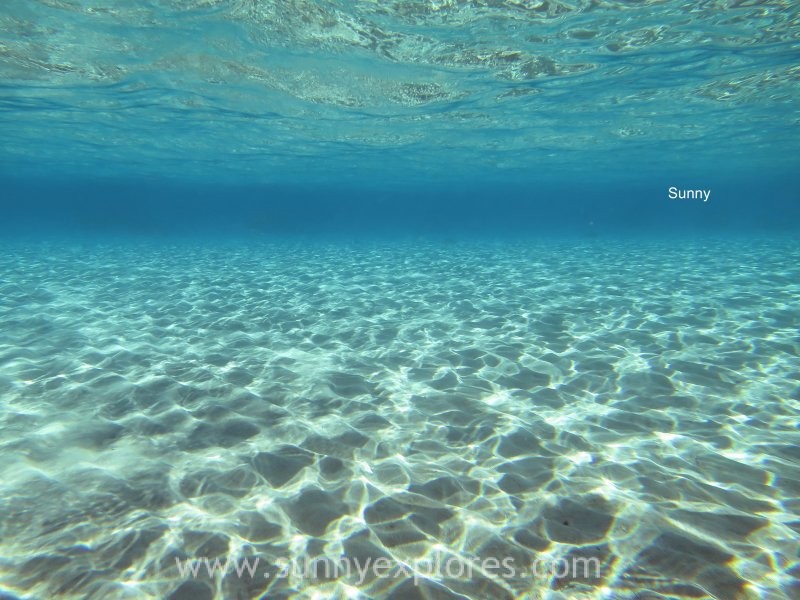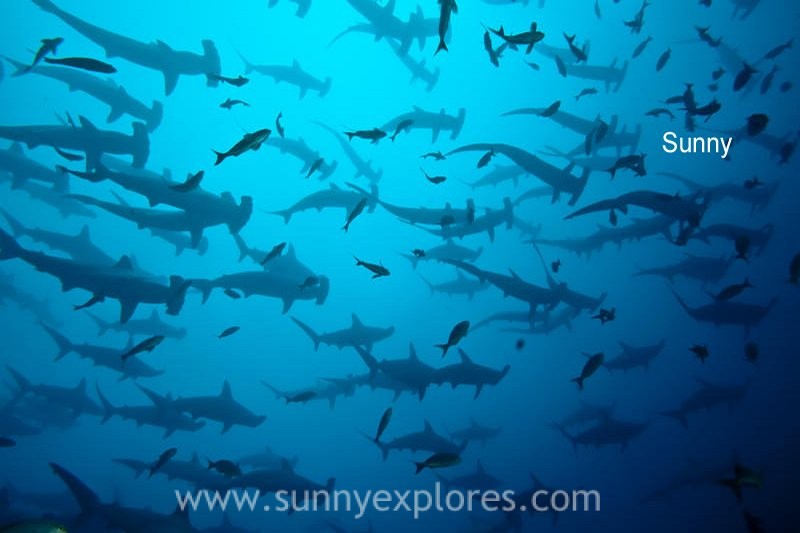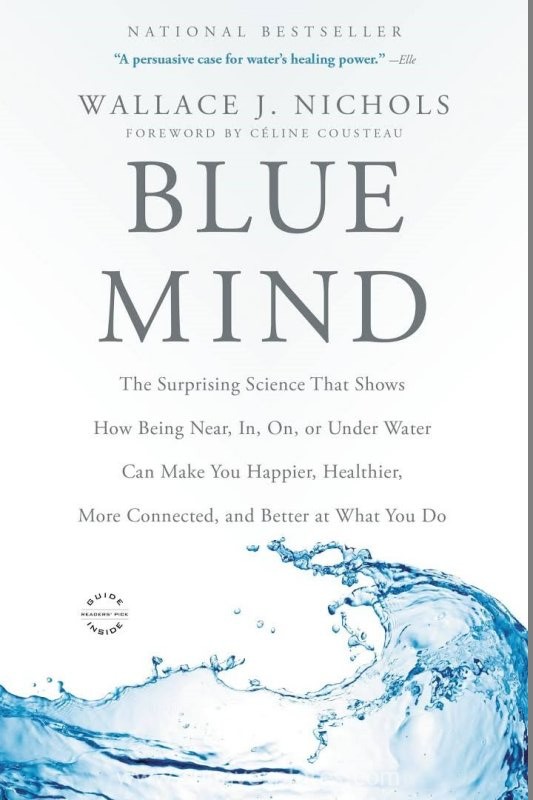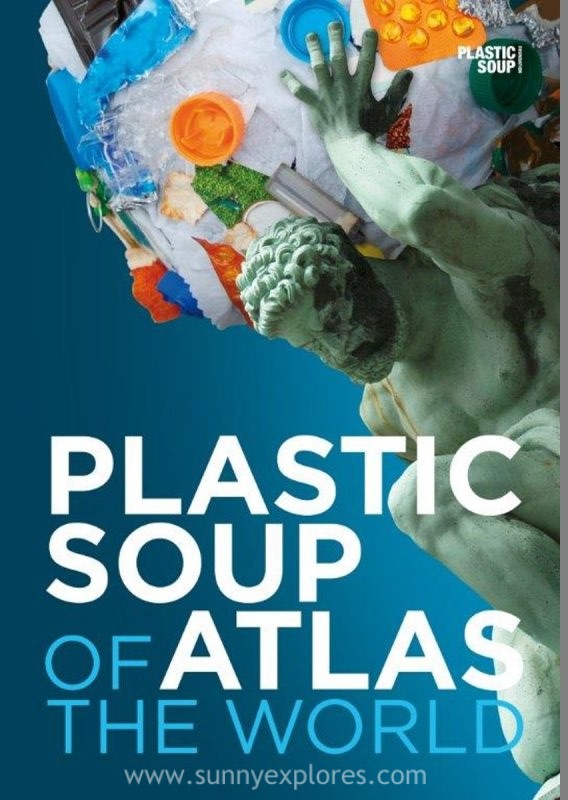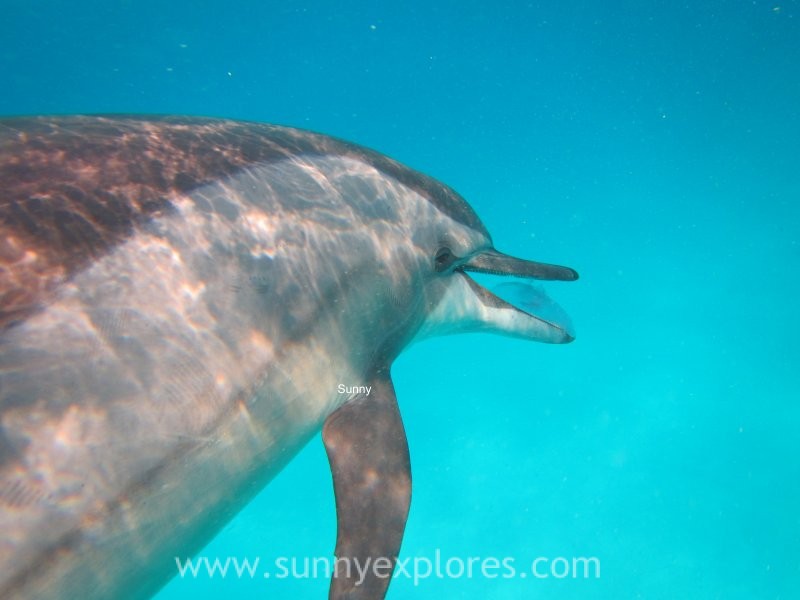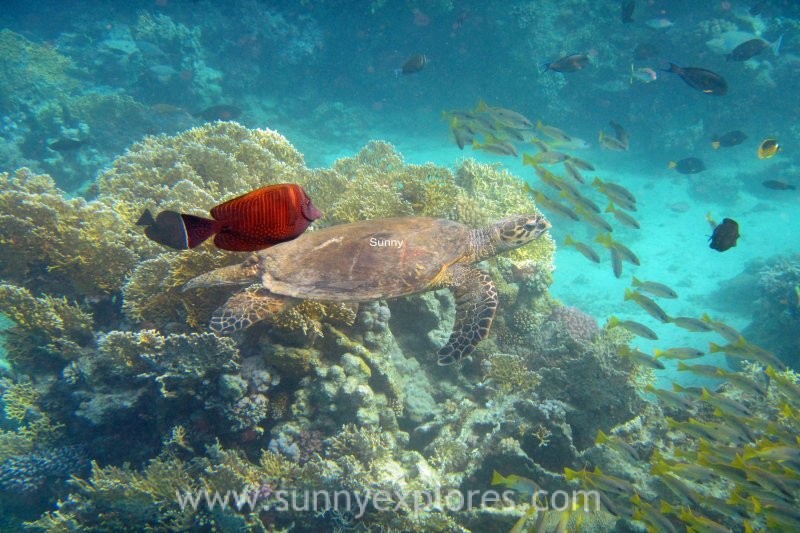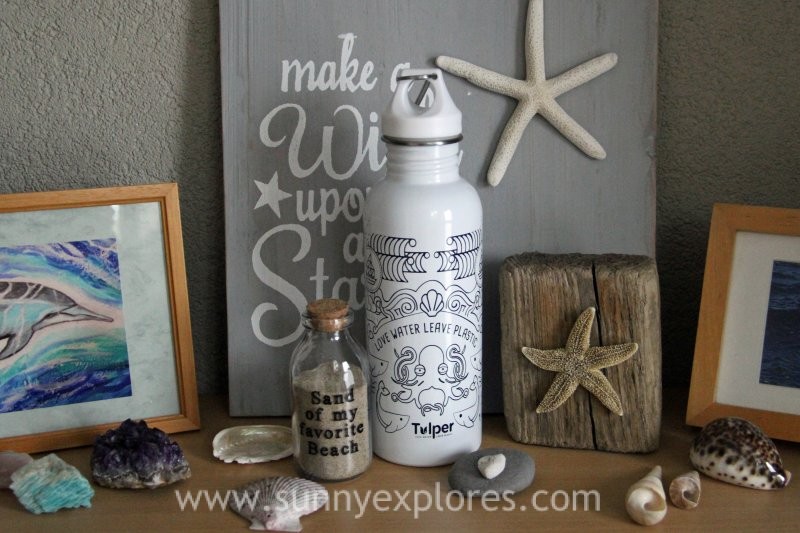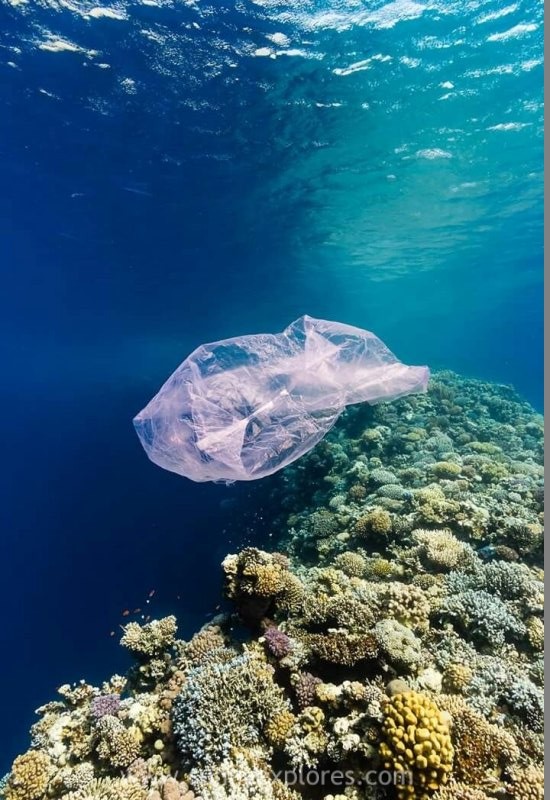Blue Mind and Plastic Soup
May 4, 2018
For whatever we lose, it’s always ourselves we find in the sea. The sound of the surf on the shore makes my heart smile, whatever is going on in my life. The sea feels like home, whether I am scuba diving or just enjoying a long beach walk. The ocean calms my restless soul.
I’m born at the beach, and I’m still drawn to it. The voice of the sea is seductive, not only for me, so many others feel the same. My travelblogs about diving and beaches are far more read than any of my other travelblogs. ‘Mermaid vibes‘ is even my best read and most shared blog ever. The ocean makes me feel happy and alive and I want to share this feeling in my blogs and photos. The waves encourage me to take time out for myself to listen to my thoughts. And the infinite ocean implores me to believe in miracles. When I think of the beach I smile. A long beach walk is my soul coming home. And I feel the same every time I enter the water to dive into the oceans depths to explore the magical under water world.
I know these positive feelings when I am in and on the water are real, but it was’t after reading the book ‘Blue Mind’ before I fully understood why. Wallace J. Nichols describes in ‘Blue Mind’ the science behind our connection with water. It’s scientifically proven that being near, in, on or under water makes you happier, healthier and more connected with nature and other human beings. Reading ‘Blue Mind’ felt like it was written especially for me. I just love Nichols description of Blue Mind as a mildly meditative state characterized by calm, peace, unity and a sense of general happiness and satisfactions with life in the moment. It’s a state I wish for everyone.
I believe in oceans curing all bad moods.
I believe in waves wiping away all worries.
I believe in seashells bringing good luck.
I believe in toes in the sand grounding my soul.
I believe in Blue Mind.
But last week I also read another book. A book that made me litterally sick. Michiel Roscam Abbing wrote ‘Plastic Soup Atlas of the World’. As I diver I witnessed the plastic soup problems myself. I saw a turtle mistaking a plastic bag for jellyfish and I was able to free a dolphin entangled in a fishing line. It seems we can’t live without plastics nowadays. But plastics are disastrous for many ecosystems. They do not dissolve in water and do not decay. Not now. Not ever. Your single-use straw will be around forever. Plastic breaks down into smaller and smaller fragments, so small that they are no longer visible to the naked eye. But eventhough we can’t see these microplastics, the problems they are causing are real. They even entered our human foodchain. United Nations Environment states that plastic litter and microplastics are one of the biggest environmental problems that the world is facing.
More and more plastic waste is floating in our oceans and seas. The plastic soup is everywhere. This comes from waste which we throw away on the street, by using single-use plastics, but also by washing synthetic clothing or by brushing our teeth. All these different types of plastic together form the plastic soup in the seas and oceans. The ocean is the main source of food for more than half of the world’s population. But because plastic does not dig along the biological path, the plastic soup is deadly for many sea creatures. Numerous animal species are affected by plastic: they are ingesting it, injuring themselves with it or are suffocating in it. Evidence of damage to human health is accumulating.
‘Plastic Soup Atlas of the World’ gives a thematically structured overview of the plastic soup issue worldwide in sixty richly-illustrated topics. The first part focuses on the causes and the second looks at possible solutions. Reading this book made me feel desperate and sad, still I believe every one should read it. The overall message is crystal clear: we must do everything we can to combat plastic pollution. And there is no time to waste: over the next 10 years, the plastic soup is likely to double in seize. At this speed, the plastic grows as much as 8 football fields every second. Yes, let that come into your brain: 8 football fields every second. The plastic soup consists mainly of plastic bottles and straws, and, above all, of plastic bags. A good argument for recycling and using bio-degradable bags and to sop using single-use plastic. Legislation will be needed to ban plastic, and Western countries need to assist developing countries in their approach to plastic. But still, even you and I can make a difference. There is so much we can do by making sensible choices.
Stop using straws.
Stop using plastic stirring spoons to stir your coffee. And when you get your daily coffee on your way to work: bring your own cup.
Stop using plastic bags: bring your own bag.
Stops using plastic water bottles. When traveling clean tap water is not always available. But don’t use small plastic bottles. Bring out your Tulper to refill.
Stop using balloons. It’s very popular to express honor and to commemorate deceased loved ones by sending out balloons. But trust me, balloons do not go to heaven. They land in the ocean and choke sea turtles, kill sea birds, dolphins and whales. In the best case they end up as litter on the beach. Even ballons marked as ‘biodegradable’ will hurt animals before they have a chance to break down. Many animals in the water or on land will eat them. So make wise choices, don’t honor a loved one with a balloon or sky lantern. Blow bubbles in the air, plant a tree and watch it bloom. Grieving is important but in expressing grief you don’t want to cause more grief or harm our nature.
So it’s time for every single one of us to stop and think. Ask yourself how you are contributing to the problem and realize you can make a difference by taking small, but important steps at the time.
